Crete
At the end of April 1941 british and greek forces could no longer withstand the superior german forces on greek mainland. Their military command therefore decided to evacuate its forces to Greece’s largest island Crete. The geographical location of Crete made the island suitable to continue the war against the Axis powers (Germany and Italy). First, the British fleet could used Crete harbours for operations against German and Italian targets in the Mediterranean. Secondly, the British air force could reach the oil fields of Ploesti, Romania. The oil fields in particular were extremely important for German warfare and therefore Crete became a primary target. The imminent attack on the Soviet Union in June 1941 also meant that the germans considered that the southern flank had to be secured. Since the British fleet was superior the Axis powers, an amphibious invasion of Crete was out of the question. The only option to invade Crete was through an airborne operation.
On May 20, the Germans launched an airborne attack (operation Mercure) against Crete where about 14,000 paratroopers were dropped over the island’s north coast. The main goal was to through a rapid operation secure the airports at Maleme, Rethymnon and Heraklion. These were to be used in later stages of the invasion when supplies and men were flown in to Crete. But the Germans had partly misjudged the defence of Crete and the difficulties of an airborne landing, especially at Maleme, the Germans suffered severe losses. The area was strongly defended and strategically to the defenders advantages. The german paratroopers came under immediate fire and many were killed before they touched ground. The terrain was also to the germans disadvantage and they became disoriented when landed under heavy fire. Bitter battles took place at height 107 and at the bridge at Tavronitis below the height. But after the initial day, the Germans began to grasp the situation and secure strategic positions, including the airfield.
The defence of Crete consisted not only of forces of the British commonwealth but also of Greek forces as well a civilian cretans who willingly engaged in fighting the intruders. Often with a brutality that made them immensely feared by german soldiers. This inevitably led to German reprisals. The battle of Crete lasted for another two weeks and ended with the British forces being evacuated to Egypt. The forces was evacuated from Heraklion in the north and from Hora Safkion in the south. But the German victory had been immensely costly. It is estimated that out of 22,000 German soldiers about 4,000 were killed or missing. In particular, the paratroopers suffered such heavy losses that the German commander General, Kurt Student, called the battle a disastrous victory. Hitler himself was convinced that airborne operations were to costly and extremly reluctant to use such operations again. British losses amounted about 2,000 killed and about 12,000 captured while about 18,000 were evacuated.
During the occupation a partisan war was fought between german and partisan forces. The Germans were extremely reluctant to move in areas not entirely secured due to the risk of being attacked by partisan units. The Germans’ response to partisan brutality and warfare was brutal reprisals against civilian population where villages were destroyed and its inhabitants murdered. The British also infiltrated Crete with agents who blended in with the rest of the population and had contact with various Greek resistance groups. In April 1944, a British/greek group managed to kidnap the german local commander general, Heinrich Kreipe, while travelling in his car. For two months Kreipe was held captive in Crete before being smuggled out to Egypt. During the occupation, the Germans built extensive defense facilities against a possible allied invasion. Crete was never invaded, however, and when the Greek mainland was liberated in October 1944, Crete was overlooked. Crete’s military importance was non-existent and the small German garrison on the island remained there until the end of the war in May 1945.
Current status: Preserved with museum/monument (2015).
Location: 35°31'20.67"N 23°49'51.90"E (Maleme Cemetery).
Get there: Car.
Follow up in books: Beevor, Antony: Crete (2004).

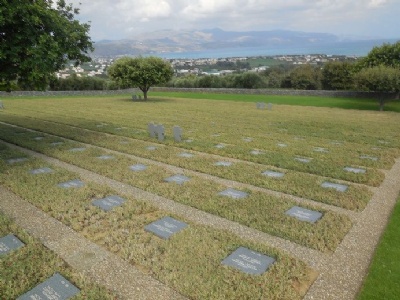
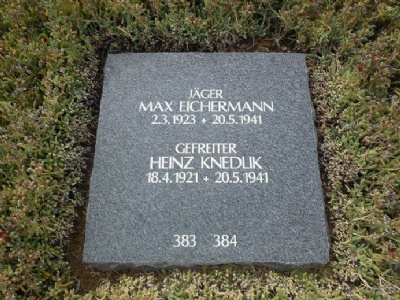
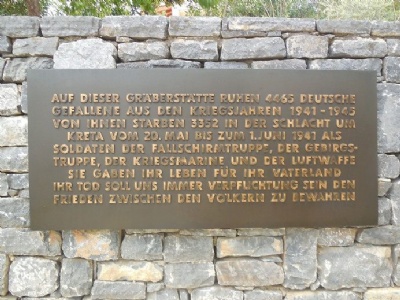
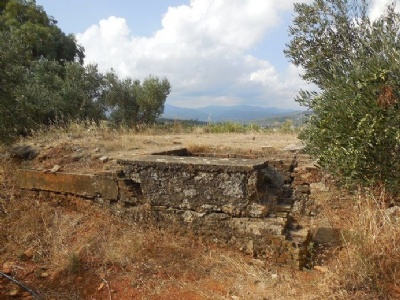

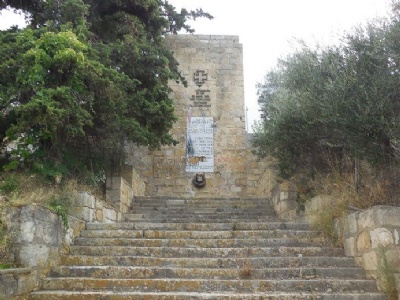
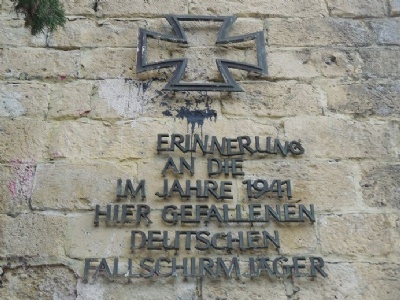
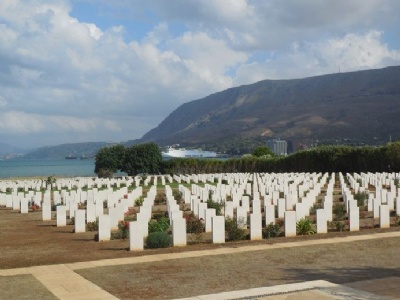
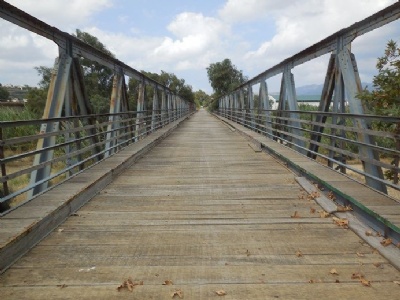

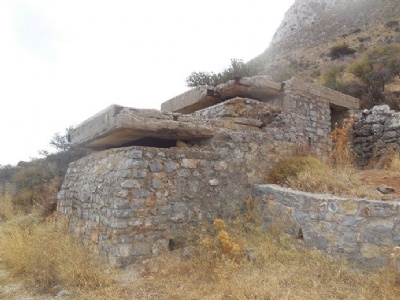
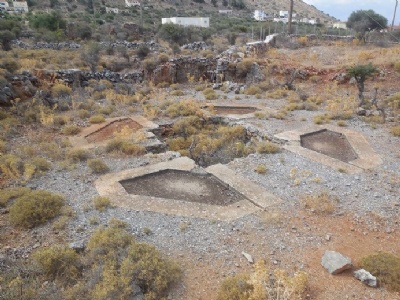
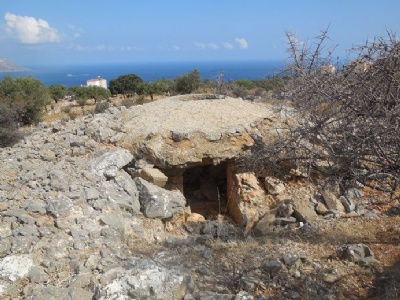
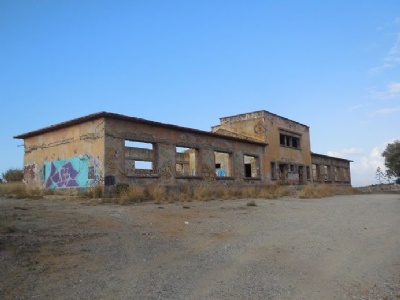
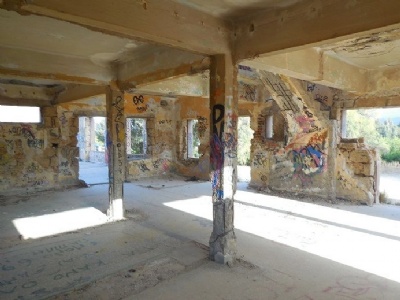
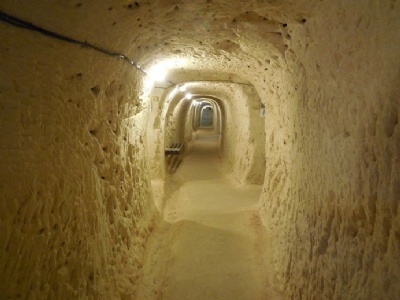
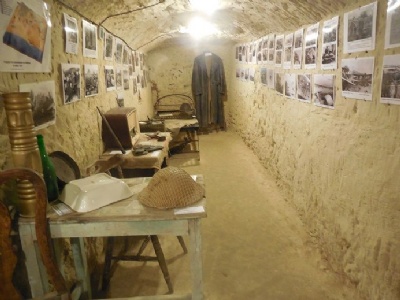
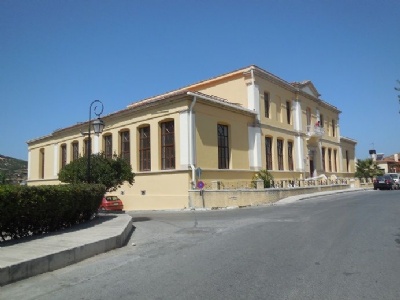
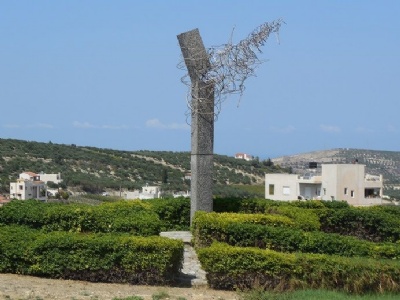

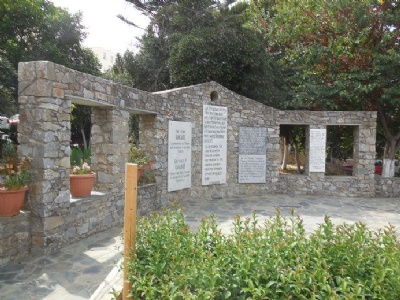
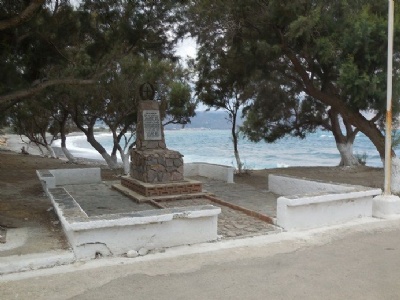
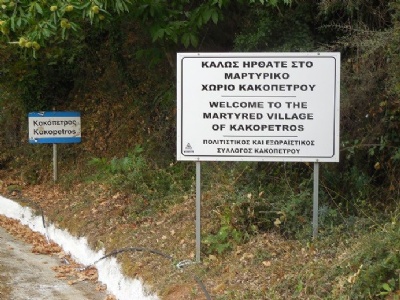
The German war cemetery at height 107 at Maleme overlooking the Mediterranean is well worth a visit. It’s a very peaceful place and just walking around and read the names of the young (around 20 years) soldiers who died during the battle is touching. Just above the cemetery and right next to a small chapel are the ruins of the new Zeeland command bunker where the defense of height 107 was led. Below the height, the bridge at Tavronitis has been replaced with a new one, but the old bridge is still there and bears clear traces of fighting. At Souda Bay, east of Chania, there is a British war cemetery, also peaceful, although not as the german counterpart.
In Platanias, between Maleme and Chania, lies a museum in a former german shelter built under a church. In addition, there are lots of German defense bunkers and air defense systems ruins all over the island. These are in varying condition and some are hard to find and inaccessible. There are also several museums on the island. The German reprisals against the people and villages of Crete is also commemorated. Few are the villages inland and in the mountains who did not suffer from german retaliation.
Another interesting thing is the Fallschirmjäger Denkmal which the Germans built in memory of the paratroopers killed during the battle. The monument partly exists and is located just west of Chania. However, the monument has been subjected to vandalism. For instance, the eagle that adorned the top of the monument is gone. The monument is relatively preserved and can be easily reached via the stairs leading up to the monument. When it was built, the monument could be seen from a long distance, but now it is obscured by both houses and trees. One might ask why the monument hasn’t been removed.